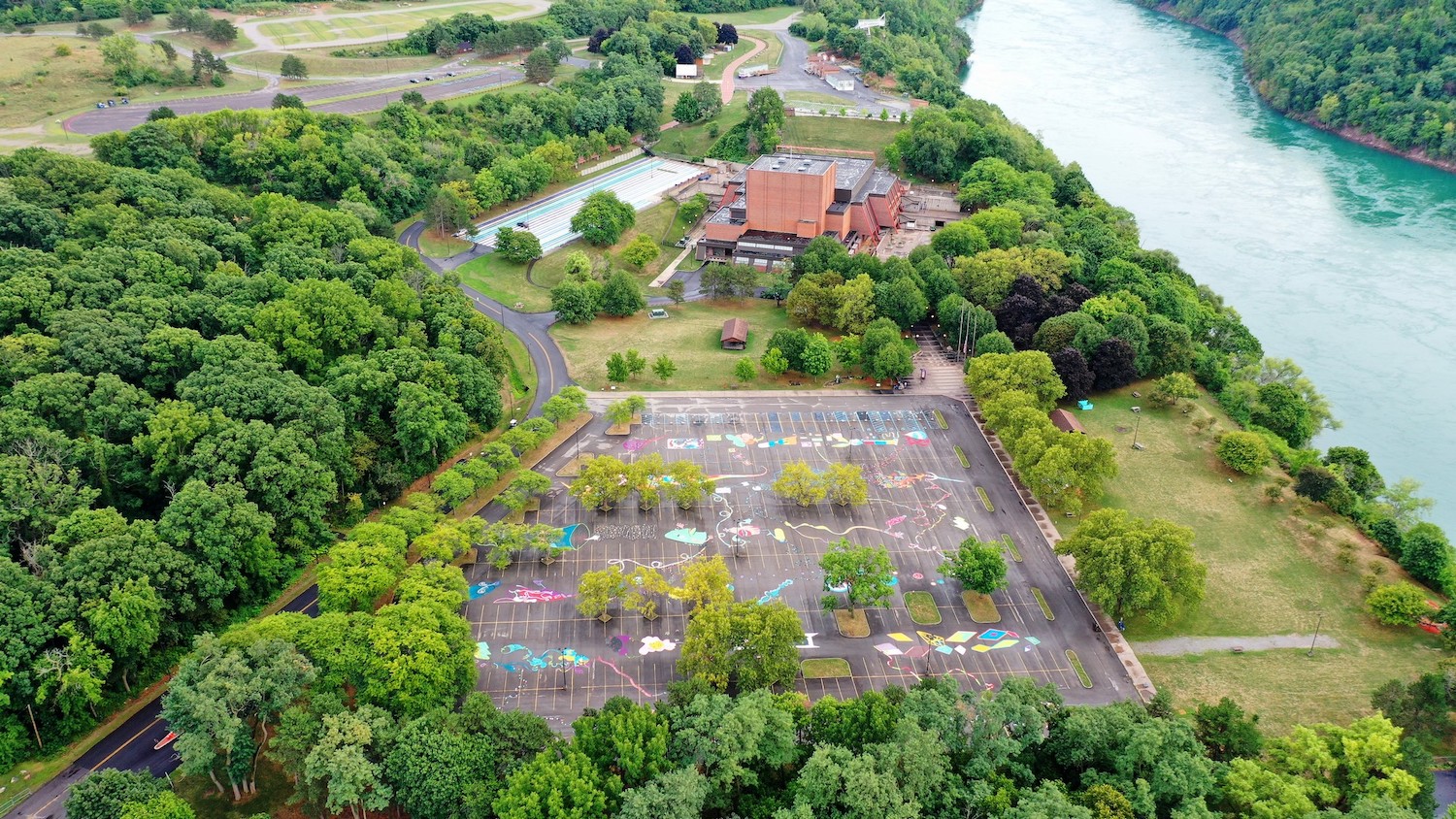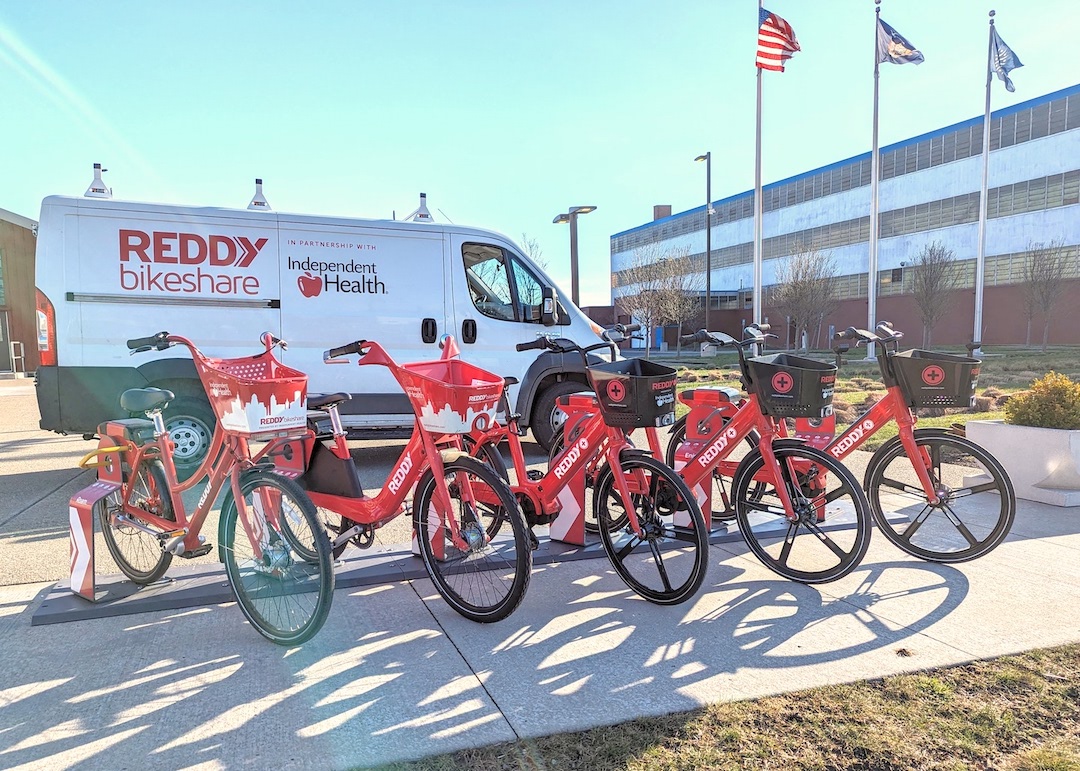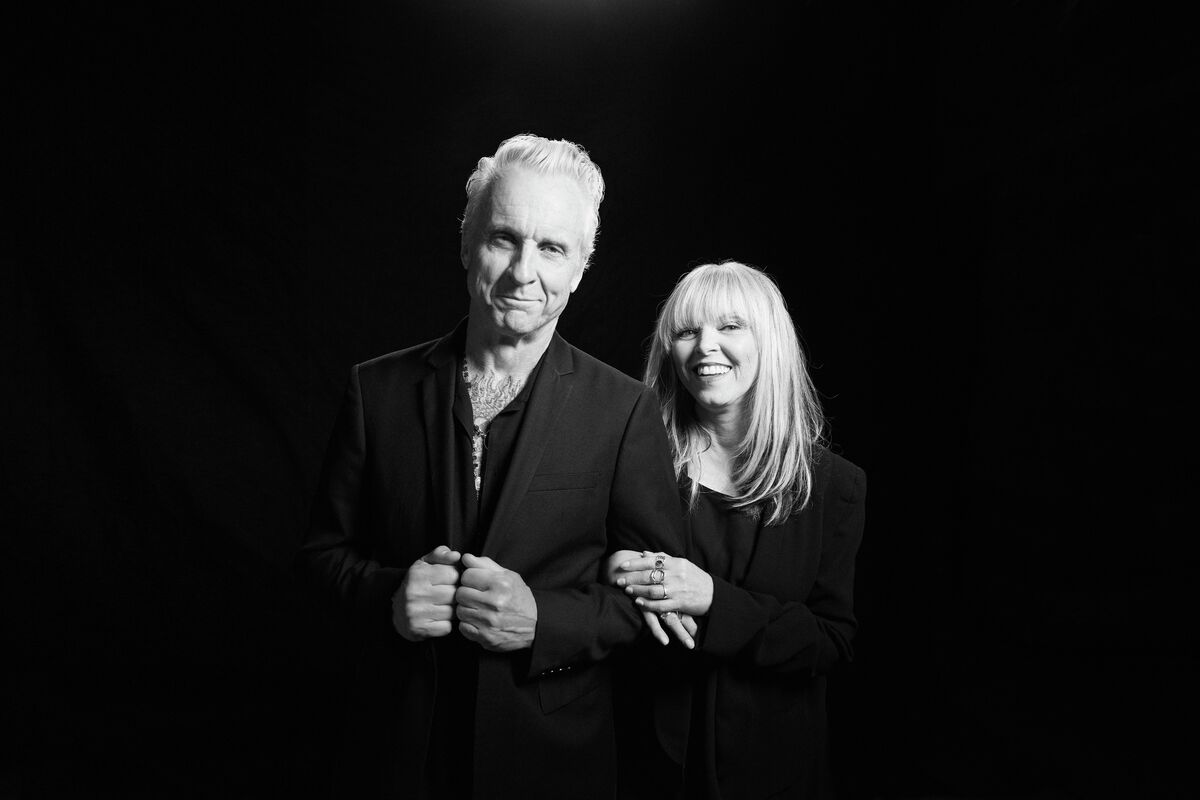Featured News - Current News - Archived News - News Categories
$567 million available to help low-income customers pay off past utility bills
√ More than 327,000 low-income households to directly benefit
Gov. Kathy Hochul announced the vast majority of $567 million dedicated to help low-income electric and gas utility customers pay off past utility bills will be reflected on customers' August bills. The financial assistance program includes an estimated $557 million statewide COVID-19 bill credit program for low-income customers adopted by the New York State Public Service Commission.
Under the bill credit program, the PSC leveraged $250 million from the fiscal year 2023 enacted state budget to require utilities to provide a one-time credit to customers enrolled in the Energy Affordability Program that will eliminate unpaid utility bills that have accrued through May 1. The program also authorizes the same relief for any eligible low-income customers that enroll in EAP by Dec. 31.
"I am pleased to announce that the largest low-income utility financial assistance program in the state's history rolls-out on Monday, Aug. 1 – marking a major step forward in the state's ongoing efforts to help New Yorkers maintain utility services," Hochul said. "No New Yorker should have their lights and air conditioning shut off as a result of financial problems caused by the pandemic. I applaud the State Legislature for their partnership to appropriate $250 million toward reducing the burden of utility arrears, which will be critical to helping vulnerable New Yorkers maintain their utility services, especially during these hot summer months."
At the direction of Hochul, the Department of Public Service, the staff arm of the PSC, worked with the state's major utilities to credit the customers' accounts.
Her team said, “The COVID-19 pandemic caused significant financial hardship for New Yorkers, particularly low-income consumers. Since March 2020, the number of customers more than 60 days behind in their electric and gas utility payments (i.e., in arrears) and the total dollar amount of arrears has grown to unprecedented levels. Low-income customer credits are expected to be posted to customer accounts beginning Aug. 1, and consumers can expect to see the credit on their next billing cycle. Credits will be received by the vast majority of low-income customers of the major electric and gas companies on their August bills.
“The COVID-19 pandemic caused significant financial hardship to low-income customers and resulted in the shuttering of businesses and widespread loss of jobs. The number of customers that have unpaid utility bills and the total dollar amount of unpaid utility bills has risen considerably since the beginning of the pandemic in March 2020, and this bill credit program provides financial relief to the most vulnerable residential customers in order to help them avoid having their utility services terminated for non-payment. More than 327,000 low-income New York households will directly benefit from the program.”
Under the bill credit program, all state assistance available for utility bill assistance will be coordinated to ensure maximum benefits to ratepayers and to avoid duplication of efforts. This includes relief available to low-income customers from the State Office of Temporary and Disability Assistance's Emergency Rental Assistance Program to reduce unpaid utility bills, estimated at $100 million, coupled with $250 million from the New York state budget appropriation directed to utilities to eliminate pandemic-related unpaid utility bills for low-income households.
Utility shareholders have provided more than $36 million in contributions to benefit ratepayers. The bill credit program is estimated to cost the major utility ratepayers $181 million after they are allocated their share of the budget appropriation, and customer credits and shareholder contributions that reduce the program cost are applied.
This one-time, low-income utility bill credit, which will be applied to affected customers' bills by the utilities, requires no action by existing low-income customers enrolled in the EAP to receive the benefit. PSEG Long Island and the municipal utilities have been allocated $10.4 million of the $250 million appropriated in the budget to be used for the bill credit program for low-income customers. The PSC anticipates a future proposal by consumer groups and stakeholders to address the substantial increase in unpaid electric and gas utility bills for remaining residential and non-residential customers resulting from the COVID-19 pandemic.
As part of the overall work to reduce unpaid electric and gas utility bills, Hochul recently launched a new initiative between OTDA and the major utilities to identify more low-income households to enroll in the EAP program, which provides utility bill discounts that save participating households hundreds of dollars per year on utility costs.
Any newly eligible low-income customer that enrolls in EAP before Dec. 31 will be included in the bill credit program.
Public Service Commission Chair Rory M. Christian said, "Gov. Hochul has been steadfast in her drive to help consumers. To address this growing problem, the PSC has approved measures to strengthen and improve utility energy affordability programs to reduce consumer energy burden and address low-income customer needs."
Office of Temporary and Disability Assistance Commissioner Daniel W. Tietz said, "Gov. Hochul has made it a priority to get struggling households the assistance they need to address hardships caused by the economic effects of the pandemic. We are proud to partner on this effort to help pay off the utility arrears of tens of thousands of our fellow New Yorkers and ensure that more low-income households have access to discounts moving forward through the Energy Affordability Program."
Assemblymember Linda Rosenthal said, "Loss of employment during the COVID-19 pandemic followed by growing inflation has caused many families across New York state to feel financially stressed. During this year's budget, we prioritized the allocation of hundreds of millions in funding to help families pay off utility arrears and get back on their feet. These payments will soon be out the door, and I'm pleased that families will finally begin to feel some relief in the coming weeks. With this program, more than 327,000 low-income households will see their utility arrears reduced or eliminated, lifting a major financial burden."





























